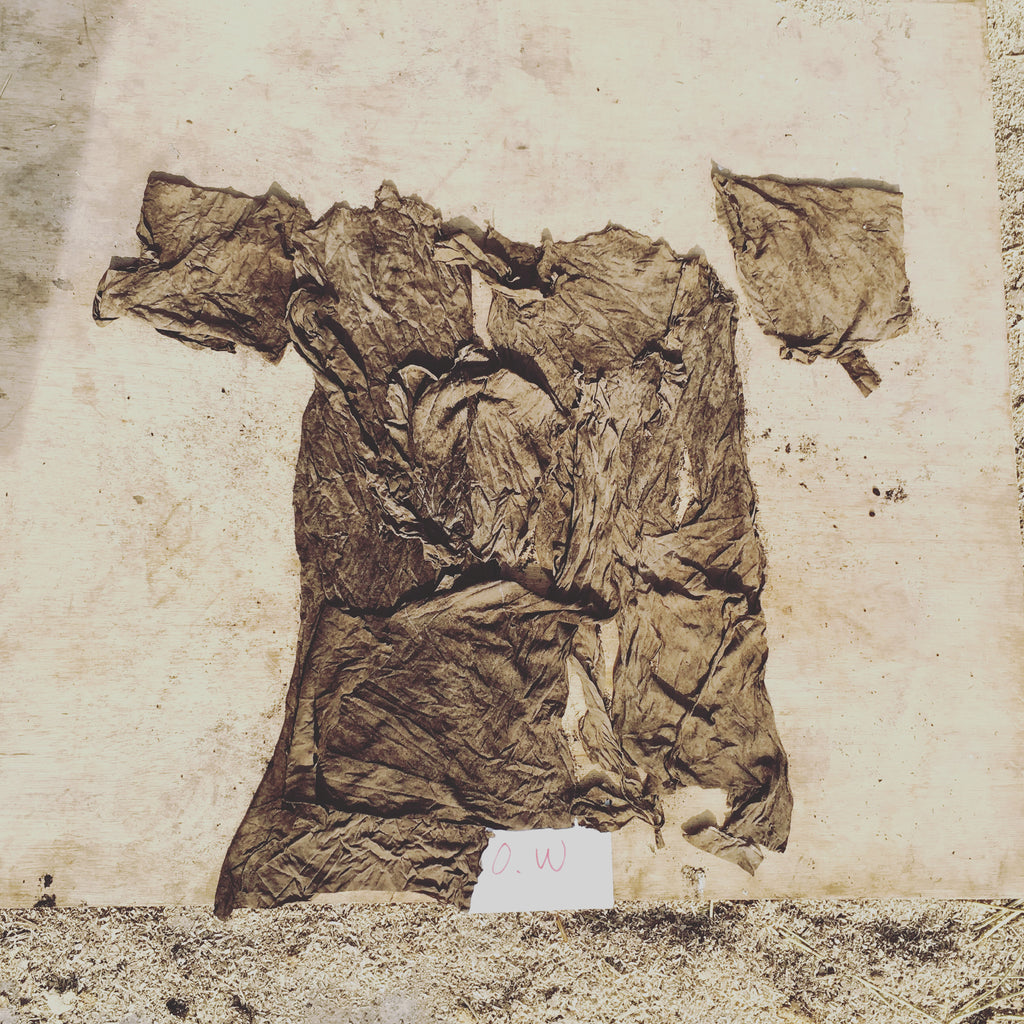
At the beginning of the Year of the Ox, 2021
I can't stop the spread of the new coronavirus. We can only hope that it will be under control as soon as possible.
We will do our best for the further growth of the Tavitarium while taking the utmost care to prevent infection!
We look forward to working with you this year.
At the dawn of the Year of the Ox, we would like to introduce the inseparable relationship between Tavitalium and cows.

A young dairy cow in the composting area. Cows usually move freely and don't sit still, but I was able to take this picture from the front.
Compost made by cows
"AIRPORT", "CITY", and "PARK", which are quick-drying, water-absorbent T-shirts that return to the earth, are collected after use and can be buried in specific compost under the right conditions. In Japan, the raw material for this compost is cow dung. The compost is made from the manure of cattle raised as dairy and beef cattle on farms.

Dairy cows relaxing on the warm compost. Is it my imagination or do they look calmer than when they are chained up?
Microbes eat T-shirts!?
Under the strict conditions of compost type, temperature, humidity, etc., countless microorganisms live and activate in the properly managed compost, and eat the buried T-shirts. The T-shirts eaten by the microbes are digested and returned to the earth as water and carbon dioxide.

Tavitalium T-shirt under decomposition experiment
I pull the fabric of a T-shirt that has decomposed after being buried in compost by hand to check its strength. It is often the case that even if a piece of fabric has not yet decomposed on the outside, decomposition progresses inside the tissue, and it crumbles to pieces when touched, despite its appearance.

Tavitalium T-shirt under decomposition experiment. As soon as the development of a T-shirt is completed, the decomposition experiment begins at Tavitalium.
A T-shirt's journey back to water and carbon dioxide
Pictured above is the first Tavitalium eco T-shirt (made from 100% compost degradable polyester) launched in 2018. With experts in compost, polyester, microbes, etc., We periodically remove the T-shirts buried in compost to check the progress of decomposition. The results os this experiment showed that the first T-shirt disintegrated after about a year, leaving no trace except for a tiny piece of fabric.




